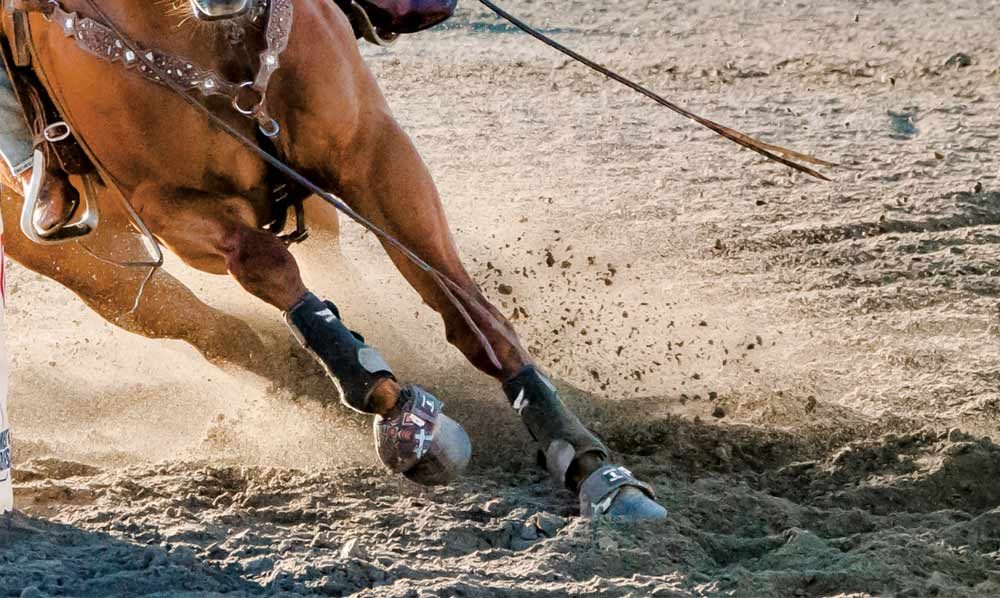Just as lameness evaluations vary from farrier to farrier, diagnostic procedures for lameness vary from veterinarian to veterinarian. Many lame horses might see a variety of veterinarians or farriers over the course of an episode of lameness. To mitigate this from happening, as well as help the horse, it’s important to manage a client’s expectations of their horse’s recovery.
When lame horses arrive at Rood and Riddle Equine Hospital in Lexington, Ky., Dr. Scott Fleming starts by setting expectations with the client.
“The healing process may take a long time,” Fleming explains. “When I talk to clients about recovery times, I use the number of letters in the name of each body part to help estimate the number of months an average injury takes to heal. The word, ‘bone,’ has four letters; ‘tendon,’ has six; and ‘ligament,’ has eight. It’s a rough estimate, but it can be helpful.”
Gain more insight from Dr. Scott Fleming by reading “Strategies for Troubleshooting Soft Tissue Injuries in the Western Performance Horse” in the July/August 2020 issue of American Farriers Journal.









Post a comment
Report Abusive Comment